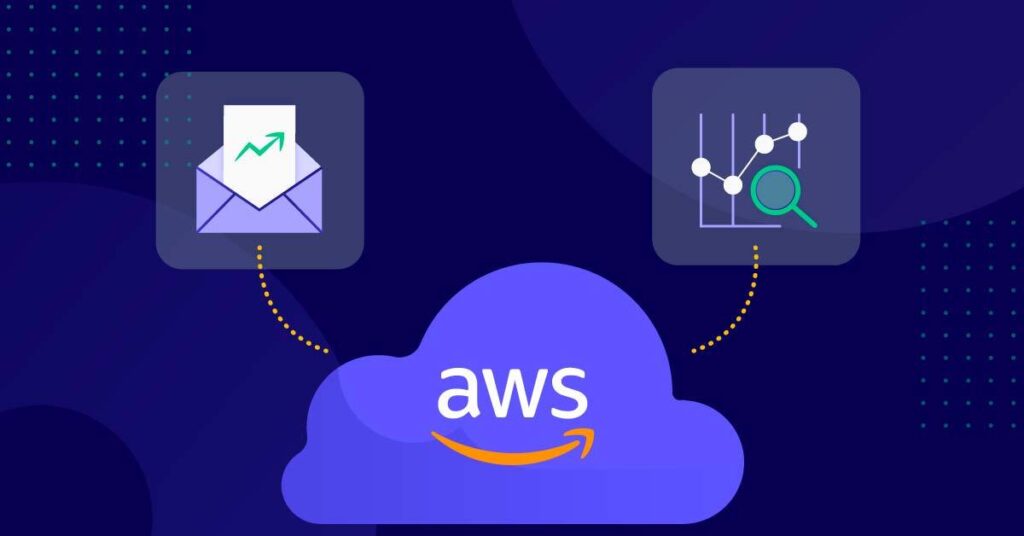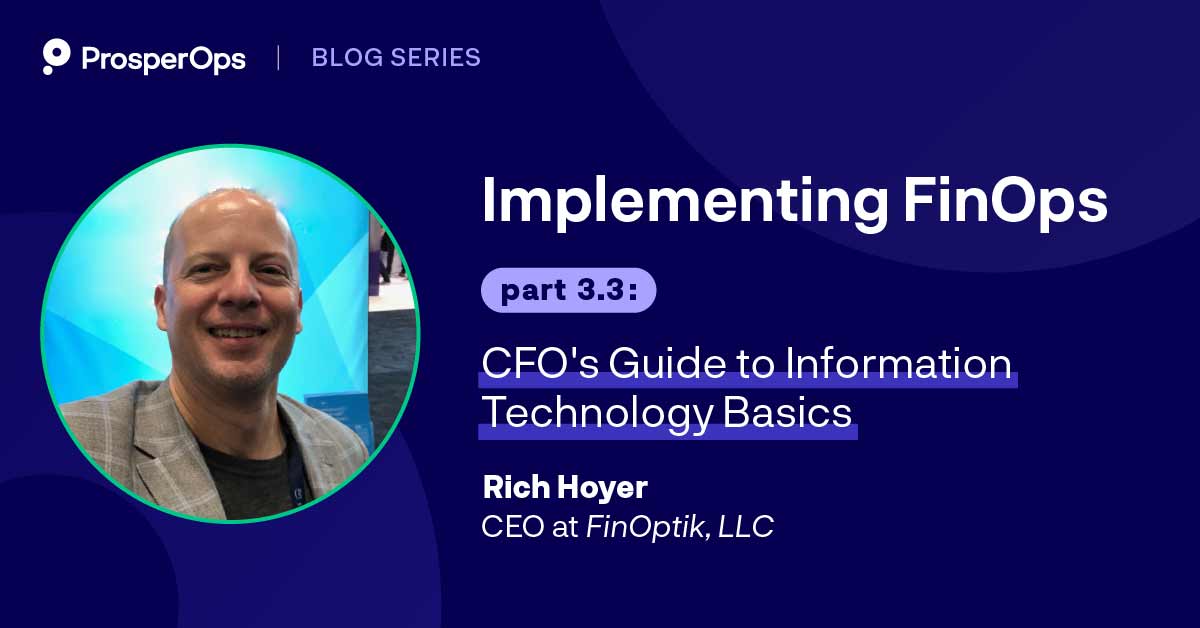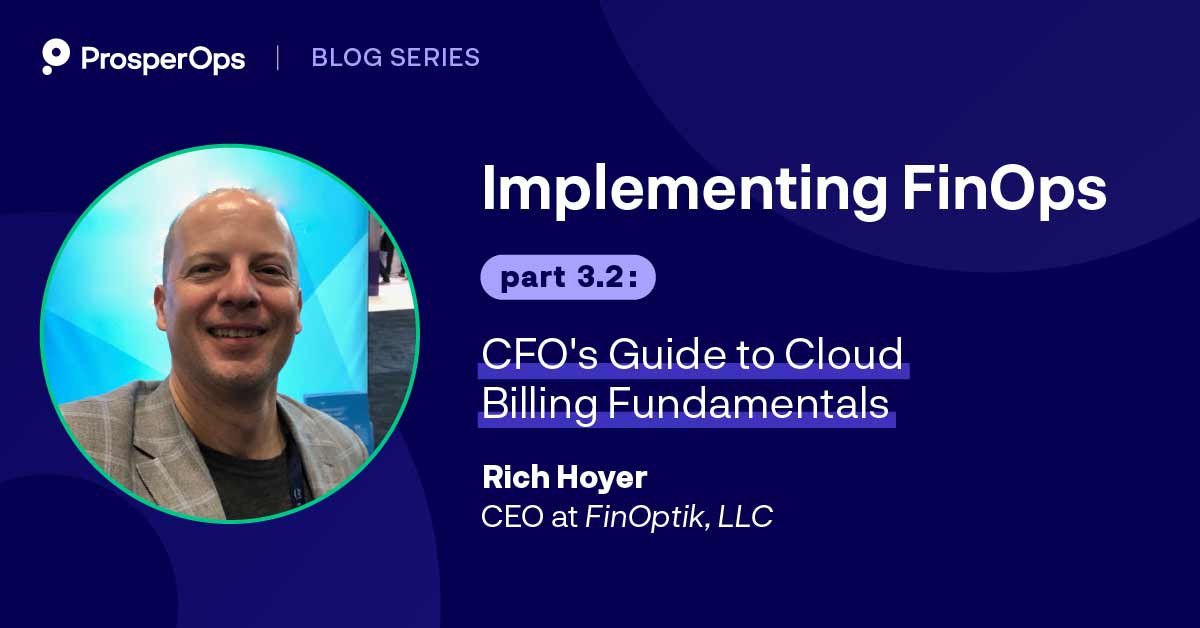Recent studies find that cost management is the top cloud computing priority for businesses— surpassing security concerns. However, with 94% of companies overspending on the cloud, it’s clear that cost optimization is a major challenge for many businesses.
AWS Budgets and AWS Cost Explorer are two useful AWS cost management tools that give visibility into AWS cloud costs and usage. While the tools complement each other, it’s important to recognize and understand their differences to leverage them effectively for cost optimization.
What is AWS Budgets?
AWS Budgets allows businesses to set custom cost and usage budgets, alerting users when AWS spending exceeds certain thresholds. Accessed through the AWS Cost Management Console, Budgets keeps companies informed about their AWS spend and AWS billing. It’s a tool best used to budget costs before spending.
Key features
As AWS Budgets helps to improve planning and manage costs with flexible budgeting and forecasting, it allows users to:
- Create a custom budget to track costs, usage, and coverage across their AWS account.
- Stay informed on forecasted spending and resource use with alerts.
- Respond quickly when thresholds are exceeded and create custom actions to define and initiate cost-saving responses.
Use cases
The typical uses for AWS Budgets include monitoring costs and usage, creating scheduled reports, and responding to thresholds.
- Set budgets across daily, monthly, quarterly, or annual time periods and create budget limits accordingly.
- Set up notifications and alerts when spending reaches or exceeds a certain percentage to easily monitor potential cost anomalies.
- Create reports showing both actual and forecasted cost and usage progress.
- Set up custom actions that automatically trigger when the budget is met.
Pros and cons
While AWS Budgets is a helpful step-by-step tool for managing your cloud usage and spend, it doesn’t automatically prevent or stop charges if spending does exceed the budget.
Pros
- Provides cost visibility and enables organizations to set, track, manage, and forecast budgets for various aspects of their AWS usage across multiple accounts.
- Alerts and notifications help manage and control costs proactively.
- Customization allows for personalized budgets for specific needs such as accounts, services, and time periods.
- Integrates well with other AWS services, such as Amazon SNS and AWS Lambda to implement custom actions in response to budget alerts.
Cons
- If AWS spending exceeds your budget, AWS will continue to provide services—and you’ll be charged for the additional usage.
- While AWS Budgets can integrate with other AWS services for custom actions, the process requires additional setup and may not be as straightforward as some users might prefer.
- With budgets typically set in advance, they might not easily adapt to dynamic changes in business requirements, leading to potential inaccuracies in long-term forecasting.
What is AWS Cost Explorer?
AWS Cost Explorer is a free tool that allows users to visualize, understand, and manage their AWS costs and usage over time. Typically, it’s used to explore costs after spending.
With an easy-to-use interface, it allows users to create custom reports that analyze cost and usage data. It provides high-level data analysis and the ability to delve into data at a granular level to identify trends, cost drivers, and irregularities.
Key features
Since AWS Cost Explorer offers a user-friendly interface and robust analytics capabilities, it gives organizations better insights into their cloud expenditure.
- Provides interactive charts and graphs that visually represent cost, usage information and business insights
- Allows users to drill down into cost and usage data by applying various filters and grouping dimensions
- Gives users the freedom to create cost and usage forecasts for future time ranges
- Provides recommendations for Reserved Instances and Savings Plans based on historical usage patterns
Use cases
Typical use cases of AWS Cost Explorer include building custom applications, using granular filtering, forecasting costs, and understanding cost and usage patterns.
- Access the Cost Explorer API, allowing programmatic querying of cost and usage data.
- Leverage filters for daily and monthly views of costs and usage plus hourly and resource-level granularity.
- Use forecasts to estimate total AWS spend and set alarms and budgets in response to predictions.
- Identify patterns daily, monthly, or annually, and use graphs and tables to view costs and usage across timelines to see fluctuations.
Pros and cons
AWS Cost Explorer comes with many pros and cons. Notably, its visualization features are extremely helpful for analyzing data.
Pros
- AWS Cost Explorer holds historical data for up to 13 months, allowing businesses to view annual usage and spend trends—and forecasts for the year ahead.
- Offers granular insights, allowing users to view costs by service, region, tag, and more on a detailed level.
- Provides reports and insights related to Savings Plans and Reserved Instances—two cost-saving AWS mechanisms.
- Easy, user-friendly way to view cost and usage report data through interactive charts and graphs, making it easier for users to understand and analyze patterns.
Cons
- Only reports data once every 24 hours, which increases the risk of overspending in daily time periods.
- While the tool is free, there’s an additional pricing cost for hourly reports and API usage.
- Forecasts don’t consider rate of change, and if there are any changes in current spend and usage, the forecasts quickly become inaccurate.
- Users must analyze everything to save costs effectively.
Key differences between AWS Budgets and AWS Cost Explorer
While there are some clear similarities between tools, the key differences are with the tools’ purpose, data, and abilities. Both allow users to identify, monitor, and manage costs—but in very different ways.
1. Purpose and focus
While Budgets focuses on proactive cost management, Cost Explorer is mostly for cost analysis and visualization.
The purpose of AWS Budgets is to set cost and usage budgets. It allows users to set spending limits, thresholds, and alerts for various AWS resources and services.
AWS Cost Explorer provides in-depth analysis and visualization of historical AWS costs and usage. It helps users explore and understand past spending patterns and usage trends.
2. Usage insights
While AWS Budgets can provide some insights into spending, its primary function is to help users track and manage budgets.
On the other hand, AWS Cost Explorer offers detailed usage and cost breakdowns, allowing users to view costs by service, account, region, and more. It offers a more granular view and analysis of AWS spending.
3. Forecasting
AWS Budgets offers basic forecasting tied to budgeted amounts, geared towards proactive budget planning and alerts for breaches. In contrast, AWS Cost Explorer provides more sophisticated forecasting capabilities based on historical usage patterns.
4. Customization
While both tools offer customization, they differ in use. Budgets allow users to create custom budgets based on specific needs, such as setting different budgets for different services or accounts.
Cost Explorer provides pre-built reports and dashboards for analyzing costs. You can customize these views to some extent, but they’re not as flexible as AWS Budgets for setting custom spending limits.
5. Alerts
A key difference is in the alerting capabilities. A core feature of AWS Budgets is its robust alerting and notification functionalities. It allows users to receive alerts via email or SMS when spending reaches predefined thresholds, which is an extremely valuable tool.
Cost Explorer doesn’t provide alerting capabilities, as it’s primarily a reporting and analysis tool.
6. Historical data
AWS Budgets’ primary focus is to track current and future spending against budgeted amounts. It doesn’t provide historical spending data, as it’s not its primary function. In contrast, Cost Explorer is designed to showcase historical data. It excels in providing historical cost and usage data, allowing users to analyze trends over time. Importantly, it also provides recommendations for optimizing spend based on historical data.
AWS Budgets vs. Cost Explorer: Which tool should you use?
Ideally, using both tools together will give you the most effective AWS service cost management. They complement each other and provide solutions to different parts of spend management.
Budgets are manually created and highly recommended whenever a business launches a new service or tool to ensure costs remain within expected cost forecasts. Cost Explorer helps allocate the costs, whereas AWS Budgets helps track costs against forecasts.
Often, cost projections can leave out certain usage parameters, and costs can escalate rapidly unless budget alerts are triggered.
You can use AWS Cost Explorer concurrently to determine the usage types and services driving the costs reported within the budgets.
Given the intricacies and limitations of native AWS tools, manual budget setting, and further data analysis required, it can be helpful to use cost management software like ProsperOps.
ProsperOps optimizes cloud costs by managing discount instruments for DevOps and FinOps teams. It helps organizations automate and optimize AWS spend by providing real-time cost monitoring, analysis, and automated actions to enhance cost efficiency.
Our solution is designed to help businesses make informed decisions to optimize their cloud infrastructure, reduce unnecessary spending, and maximize the value of their cloud investments. We’ll detect usage trends and autonomously adjust coverage to ensure you get the best rates, independent of forecasts.
Optimize your AWS spending seamlessly with Prosper Ops
AWS Budgets and AWS Cost Explorer are both great free tools as part of the AWS Cost Management Suite. Best used in tandem, AWS Budgets helps to set costs and budget, and AWS Cost Explorer helps analyze costs after spending.
However, due to the limitations of the native tools, it’s best to use cost optimization software as well. ProserOps simplifies AWS cost management by automating cloud rate optimization. Organizations that use ProsperOps can maximize their AWS cost savings without any ongoing manual effort.
Find out how ProsperOps makes it easy to optimize AWS costs without creating extra work for your team: Sign up for a free demo.




